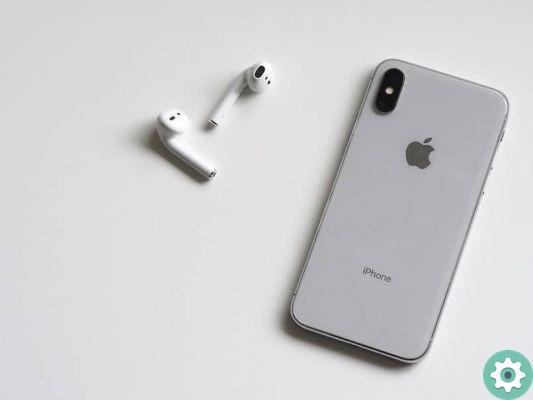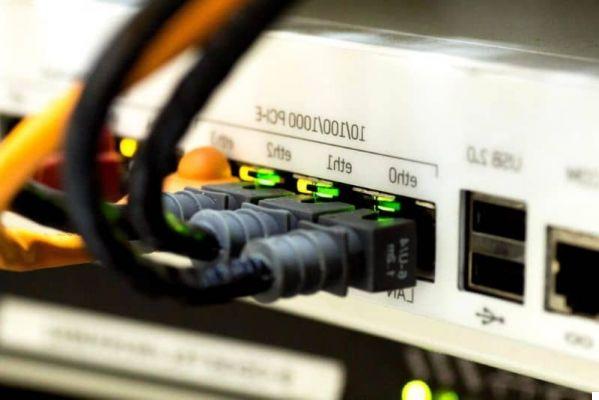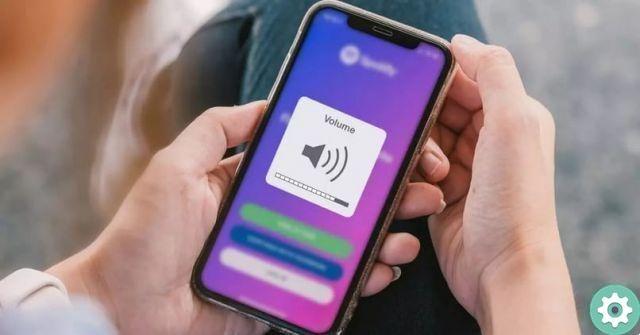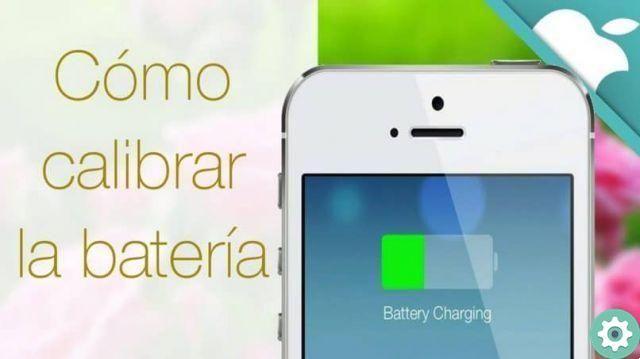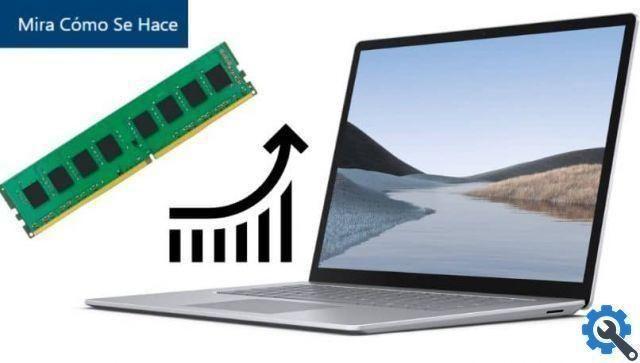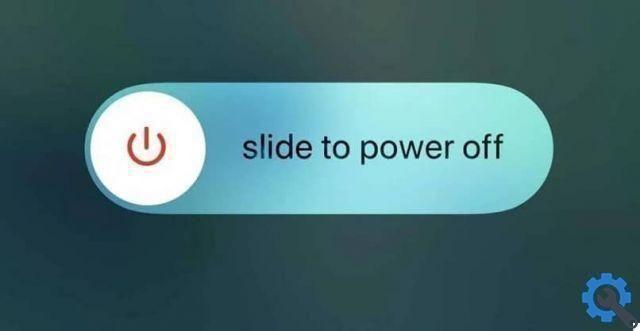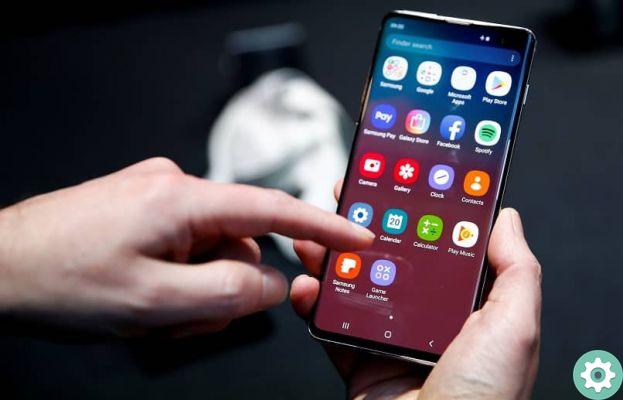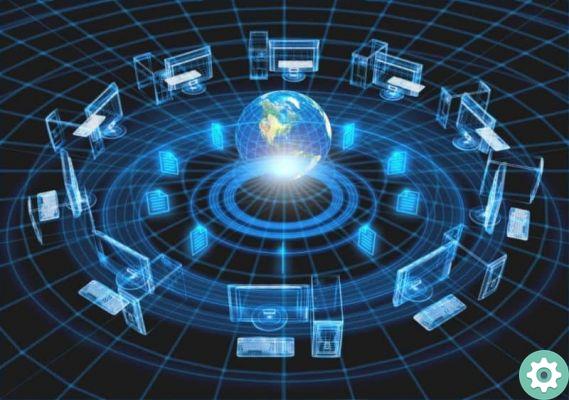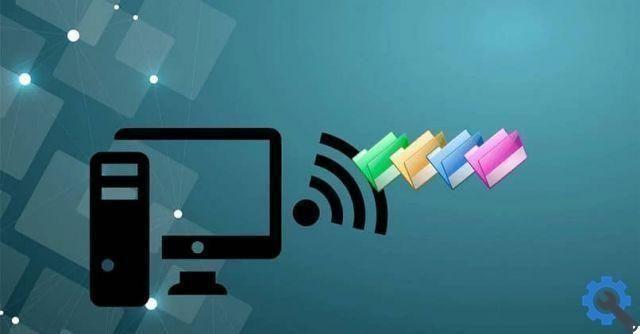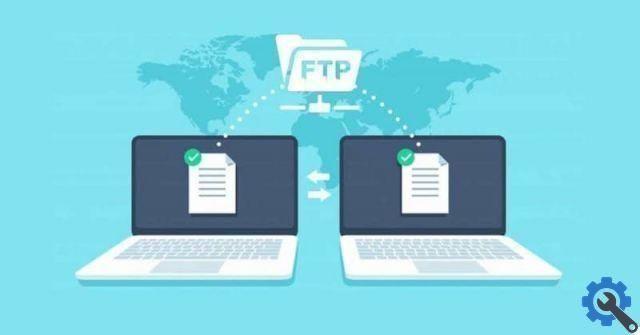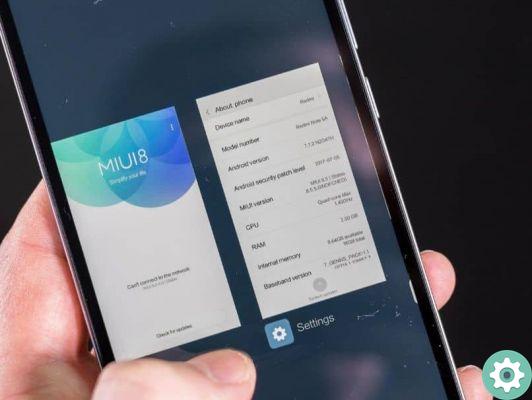The new 5G network is a reality that will certainly change the lives of many users. This network has very good reception and also a high speed to browse the Internet. Although the wait for this 5G network lasted several years, it was in 2019 that the 5G network began its first appearances in the mobile operators of Samsung, Xiaomi, LG and Huawei. But what are the main differences between 4G and 5G networks?
This new technology, which soon will replace 4G, it will generate many changes around the world. However, many users have doubts about the arrival of 5G. Some are wondering what is the difference with 4G? and What are the benefits of 5G? Keep reading this post and here we will explain some very important differences between these 2 networks.
Main differences between 4G and 5G networks
5G and 4G speeds
The speed for data transfer is one of the highlights of the 5G network, it will allow speeds 20 times higher than that of 4G. Today the network 4G offers a maximum speed of 1 Gbps, while the 5G network offers 20 Gbps. With this speed generated by the 5G network, users will even be able to download a full HD movie in the blink of an eye.
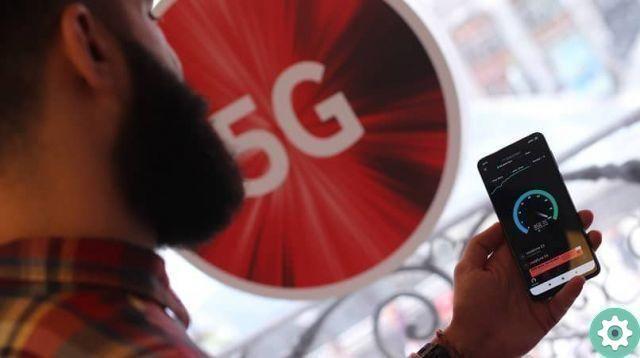
Also, with this 5G network you can do many things like enter web pages like Google with faster speed. Furthermore, videos will load faster and you will be able to make Skype calls with less connection problems.
However, the download speed is theoretical, as the speed varies when connected to the internet. For example, some factors that cause the speed variability is the telephone operator, as well as the devices that connect on the web.
The operation and the main differences between 4G and 5G networks
The new network 5G uses unique radio frequencies for this network, unfortunately some believe that they are a health risk. Well, in the case of the 4G network, it uses frequencies below 6 GHz. Conversely, the 5G network will use high frequencies, ranging from 30 GHz to 300 GHz in some cases. These high frequencies will be able to support high data capacity and high speed.
Furthermore, these high frequencies help i data to be less bulky. In this way, users can configure various wireless signals without causing interference. However, the 4G network shoots data in different directions; which causes a loss of energy.
The 5G network, on the other hand, uses slightly shorter wavelengths. This aspect helps to make the antennas smaller than what is handled now. Therefore, this helps to support more than 1.000 devices per meter, unlike the 4G network.
Another difference between these 2 networks is that the 5G network offers easy understanding of the type of data required, that is, users can change the power mode of the network and then increase it again when required.
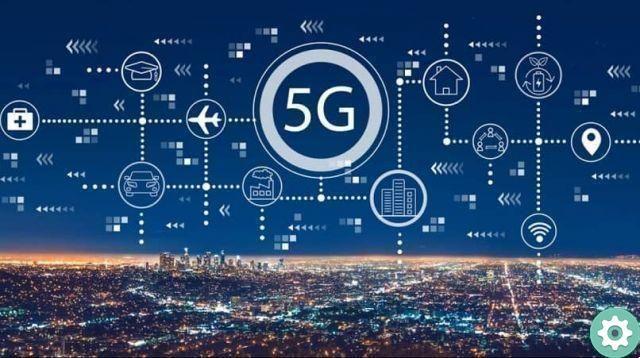
Latency
Decreasing latency is one of the most important aspects of the 5G network. This is nothing more than the time required for a data transfer over the network; in other words, it is the time it takes to perform an action from when users perform it. Although there is very little latency today, the 5G network will lower it between 1 and 2 milliseconds.
This will ensure that actions on the web are performed almost instantly. For example, if you click on a photo you have in the cloud, with the 5G network it won't take long to download. In addition, this network will offer multiple terminal services at the same time, supporting 1.000.000 devices per kilometer ; unlike the 4G network which only allows 10.000 devices.
Now that you know the difference between these two networks, which of the two networks do you use on your mobile? Which one do you prefer? Leave us your comment to know your valuable opinion on this great communicative impulse; And you can also share this important information with family or friends.






